Developer Insights
Join millions of viewers! Our engineers craft human-written articles solving real-world problems weekly. Enjoy fresh technical content and numerous interviews featuring modern web advancements with industry leaders and open-source authors.
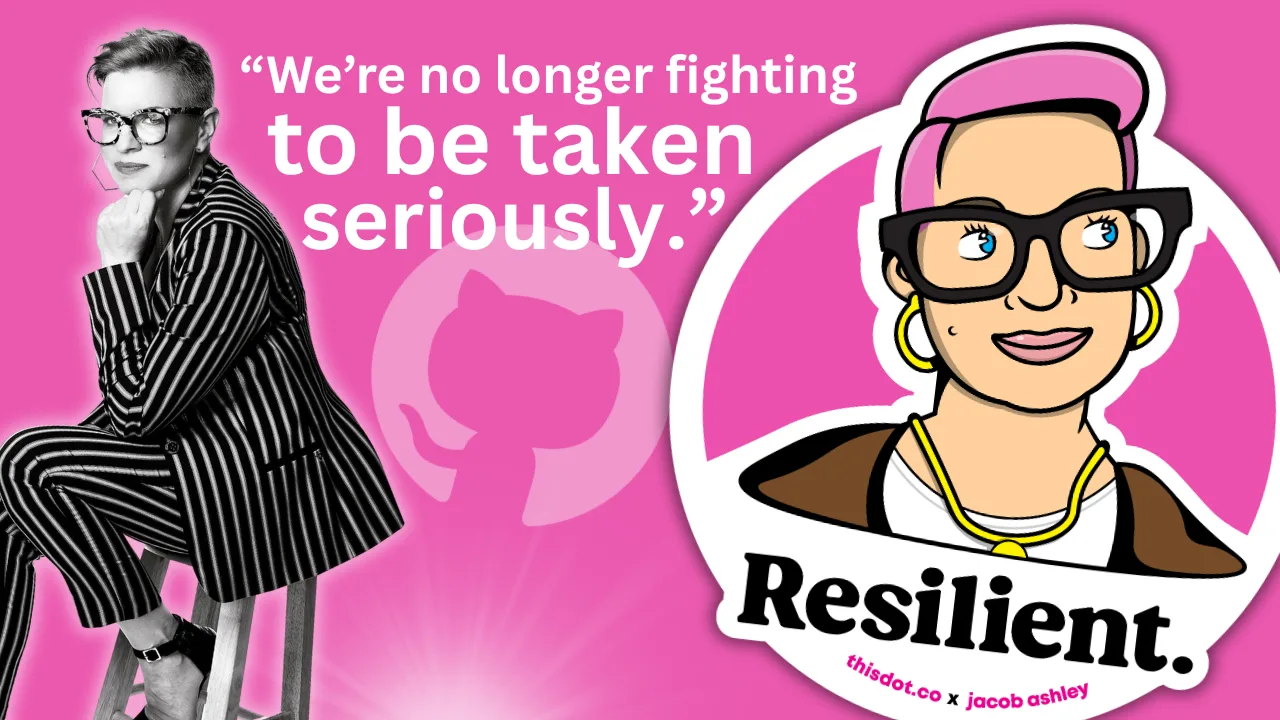
“We were seen as amplifiers, not collaborators,” Ashley Willis, Sr. Director of Developer Relations at GitHub, on How DevRel has Changed, Open Source, and Holding Space as a Leader
Ashley Willis has seen Developer Relations evolve from being on the sidelines of the tech team to having a seat at the strategy table. In her ten years in the space, she’s done more than give great conference talks or build community—she’s helped shape what the DevRel role looks like for software providers. Now as the Senior Director of Developer Relations at GitHub, Ashley is focused on building spaces where developers feel heard, seen, and supported. > “A decade ago, we were seen as amplifiers, not collaborators,” she says. “Now we’re influencing product roadmaps and shaping developer experience end to end.” DevRel Has Changed For Ashley, the biggest shift hasn’t been the work itself—but how it’s understood. > “The work is still outward-facing, but it’s backed by real strategic weight,” she explains. “We’re showing up in research calls and incident reviews, not just keynotes.” That shift matters, but it’s not the finish line. Ashley is still pushing for change when it comes to burnout, representation, and sustainable metrics that go beyond conference ROI. > “We’re no longer fighting to be taken seriously. That’s a win. But there’s more work to do.” Talking Less as a Leader When we asked what the best advice Ashley ever received, she shared an early lesson she received from a mentor: “Your presence should create safety, not pressure.” > “It reframed how I saw my role,” she says. “Not as the one with answers, but the one who holds the space.” Ashley knows what it’s like to be in rooms where it’s hard to speak up. She leads with that memory in mind, and by listening more than talking, normalizing breaks, and creating environments where others can lead too. > “Leadership is emotional labor. It’s not about being in control. It’s about making it safe for others to lead, too.” Scaling More Than Just Tech Having worked inside high-growth companies, Ashley knows firsthand: scaling tech is one thing. Scaling trust is another. > “Tech will break. Roadmaps will shift. But if there’s trust between product and engineering, between company and community—you can adapt.” And she’s learned not to fall for premature optimization. Scale what you have. Don’t over-design for problems you don’t have yet. Free Open Source Isn’t Free There’s one myth Ashley is eager to debunk: that open source is “free.” > “Open source isn’t free labor. It’s labor that’s freely given,” she says. “And it includes more than just code. There’s documentation, moderation, mentoring, emotional care. None of it is effortless.” Open source runs on human energy. And when we treat contributors like an infinite resource, we risk burning them out, and breaking the ecosystem we all rely on. > “We talk a lot about open source as the foundation of innovation. But we rarely talk about sustaining the people who maintain that foundation.” Burnout is Not Admirable Early in her career, Ashley wore burnout like a badge of honor. She doesn’t anymore. > “Burnout doesn’t prove commitment,” she says. “It just dulls your spark.” Now, she treats rest as productive. And she’s learned that clarity is kindness—especially when giving feedback. > “I thought being liked was the same as being kind. It’s not. Kindness is honesty with empathy.” The Most Underrated GitHub Feature? Ashley’s pick: personal instructions in GitHub Copilot. Most users don’t realize they can shape how Copilot writes, like its tone, assumptions, and context awareness. Her own instructions are specific: empathetic, plainspoken, technical without being condescending. For Ashley, that helps reduce cognitive load and makes the tool feel more human. > “Most people skip over this setting. But it’s one of the best ways to make Copilot more useful—and more humane.” Connect with Ashley Willis She has been building better systems for over a decade. Whether it’s shaping Copilot UX, creating safer teams, or speaking truth about the labor behind open source, she’s doing the quiet work that drives sustainable change. Follow Ashley on BlueSky to learn more about her work, her maker projects, and the small things that keep her grounded in a fast-moving industry. Sticker Illustration by Jacob Ashley....
Apr 18, 2025
3 mins
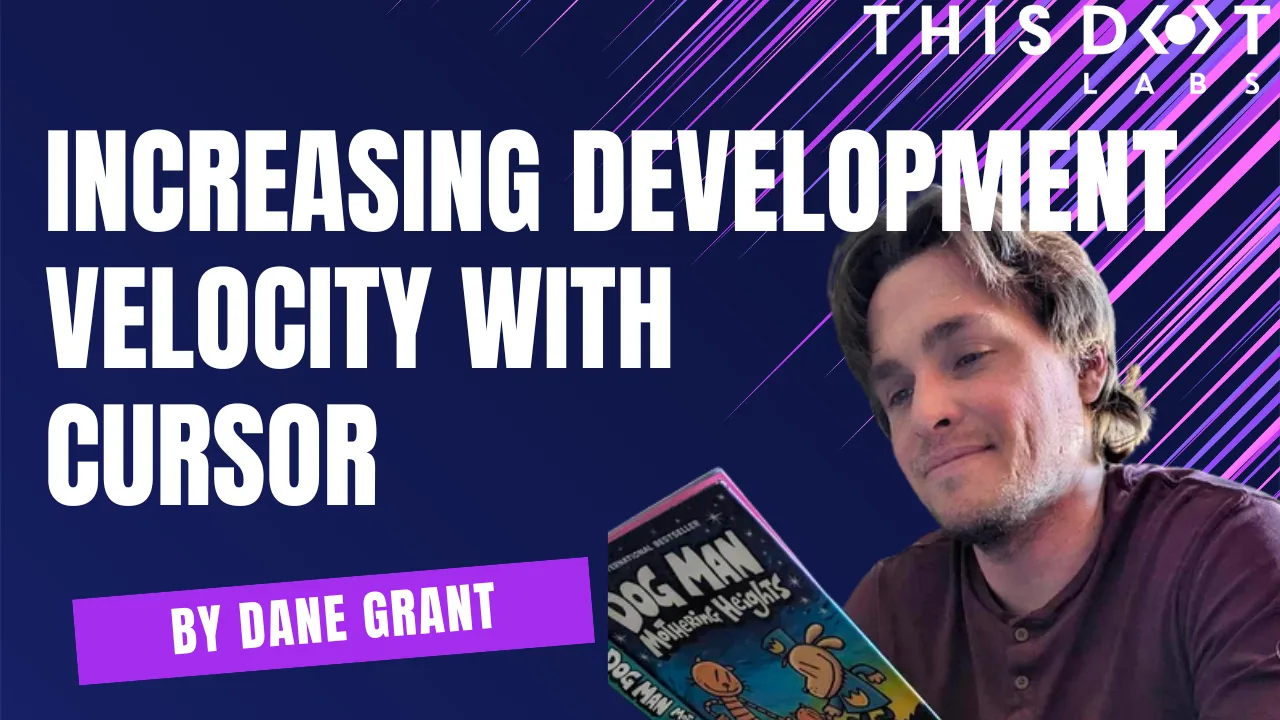
Increasing development velocity with Cursor
Boost your coding efficiency with Cursor, an AI-powered VSCode fork. Learn how features like Autocomplete, Ask, and Agent can streamline development, automate tasks, and enhance productivity....
Apr 18, 2025
11 mins
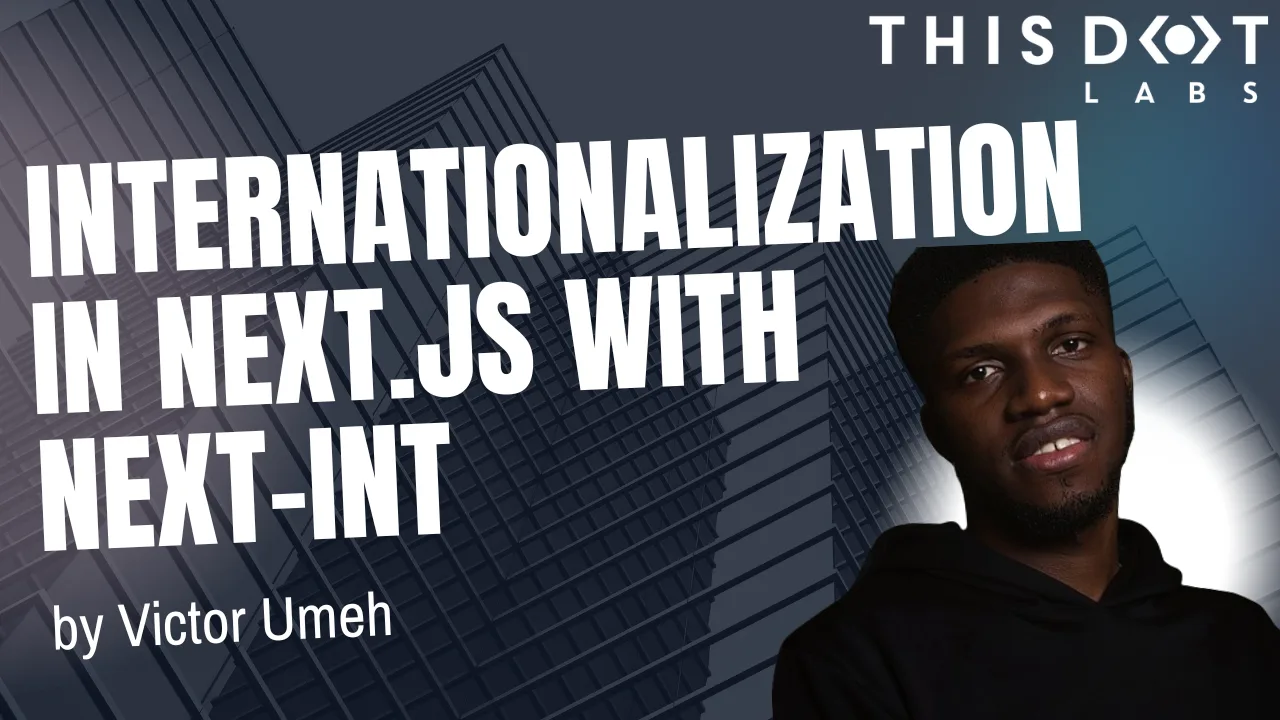
Internationalization in Next.js with next-intl
Discover how to bring seamless internationalization to your Next.js app using next-intl...
Apr 11, 2025
4 mins
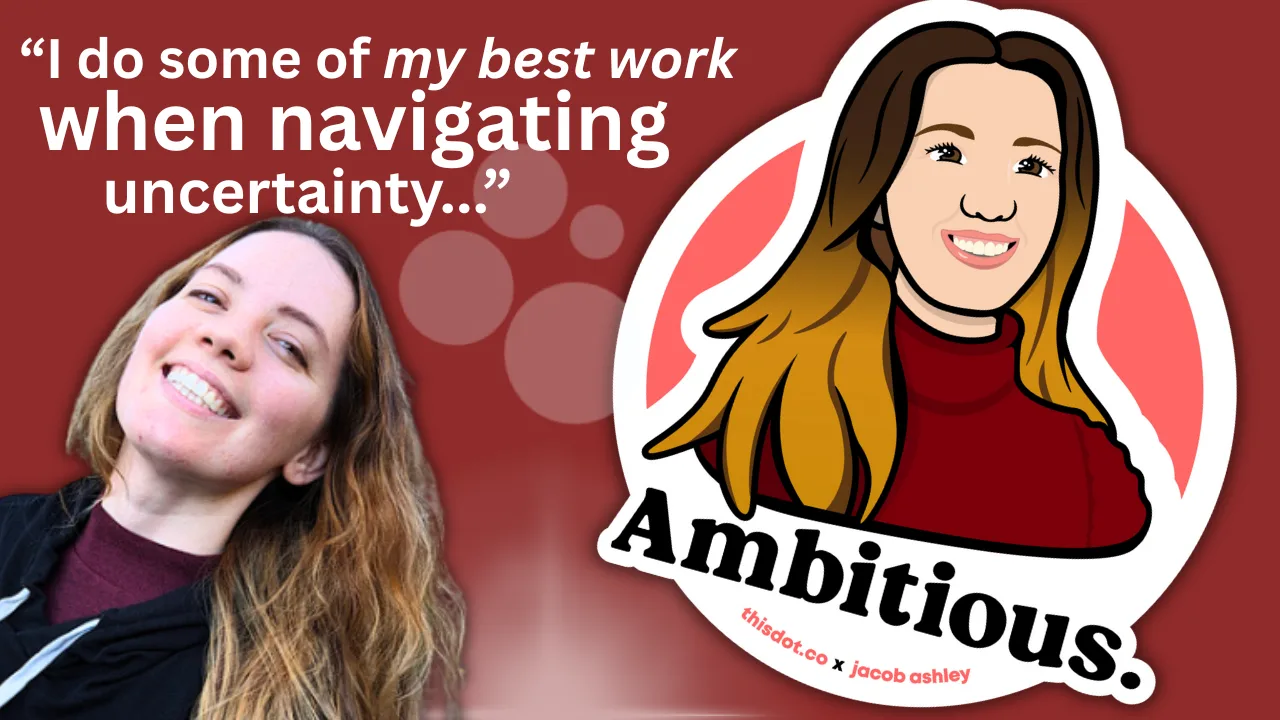
“Recognize leadership behavior early. Sometimes people don’t even realize it in themselves…” Kelly Vaughn on Product Leadership, Creating Pathways for Women in Tech, & Conferences
Some leaders build products. Some lead engineering teams. Kelly Vaughn is doing both. As Director of Engineering at Spot AI—a company building video intelligence software—Kelly recently expanded her role to oversee both Product and Engineering for their VMS offering. That shift means juggling strategy, execution, and team development, all while helping others step confidently into leadership themselves. And yes, she still finds time to speak at conferences and answer DMs from people navigating the same transitions she once did. We spoke with Kelly about spotting leadership potential early, why ambiguity doesn’t have to feel chaotic, and the lesson she learned the hard way about managing up. Stepping into Product Leadership Kelly’s new title might look like a promotion on paper, but the shift is more philosophical than anything. > “Engineering leadership is about execution,” she says. “Product leadership is about defining why we’re building something in the first place.” Now leading Product and Engineering for Spot AI’s VMS product, she’s talking to customers, researching market trends, and making smart bets on where to invest next. It’s a role she’s clearly energized by. > “I’m really looking forward to dedicating time to shaping our product’s future.” Thriving in Ambiguity Some people panic when problems are fuzzy or undefined. Others use it as fuel. > “There are two key traits I see in people who handle ambiguity well,” Kelly says. “They stay calm under stress, and they know how to form a hypothesis from a vague problem statement.” That means asking the right questions, taking action quickly, and being totally okay with pivoting when something doesn’t pan out. It’s no surprise that these same traits overlap with great product thinking—a mindset she’s now leaning into more than ever. > “I do some of my best work when navigating uncertainty,” she adds. Read Kelly’s blog on embracing ambiguity in Product! Creating Leadership Pathways for Women in Tech When asked how leaders can create more leadership pathways for women in software engineering, Kelly stressed that it is not a passive process. > “Senior leaders need to be proactive,” Kelly says. “That starts with identifying and addressing bias across hiring, promotions, and day-to-day interactions.” She emphasizes psychological safety—so women feel confident advocating for themselves and others. But she also knows not everyone feels ready to raise their hand. > “Don’t wait for someone to ask for a title change or a growth opportunity. Recognize leadership behavior early. Sometimes people don’t even realize it in themselves yet.” On Stage, In Real Life Kelly’s no stranger to the tech conference circuit—often giving talks on engineering leadership and team growth. Her biggest source of inspiration? Conversations with people trying to make the leap into leadership. > “I might use the same slide deck at three conferences,” she says, “but the talk itself will be different every time.” Rather than sticking to a script, she likes to share recent examples from her own work, tailoring the delivery to the audience in front of her. It keeps things relevant, grounded, and never too polished. Between setting product strategy, mentoring the next generation of leaders, and hopping from one tech conference to the next, Kelly Vaughn is showing what it means to lead with clarity—even when things are unclear. She’s not here to tell you it’s easy. But she will tell you it’s worth it. Connect with Kelly Vaughn on Bluesky. Sign up for Kelly Vaughn’s Newsletter! Sticker Illustration by Jacob Ashley....
Apr 4, 2025
3 mins
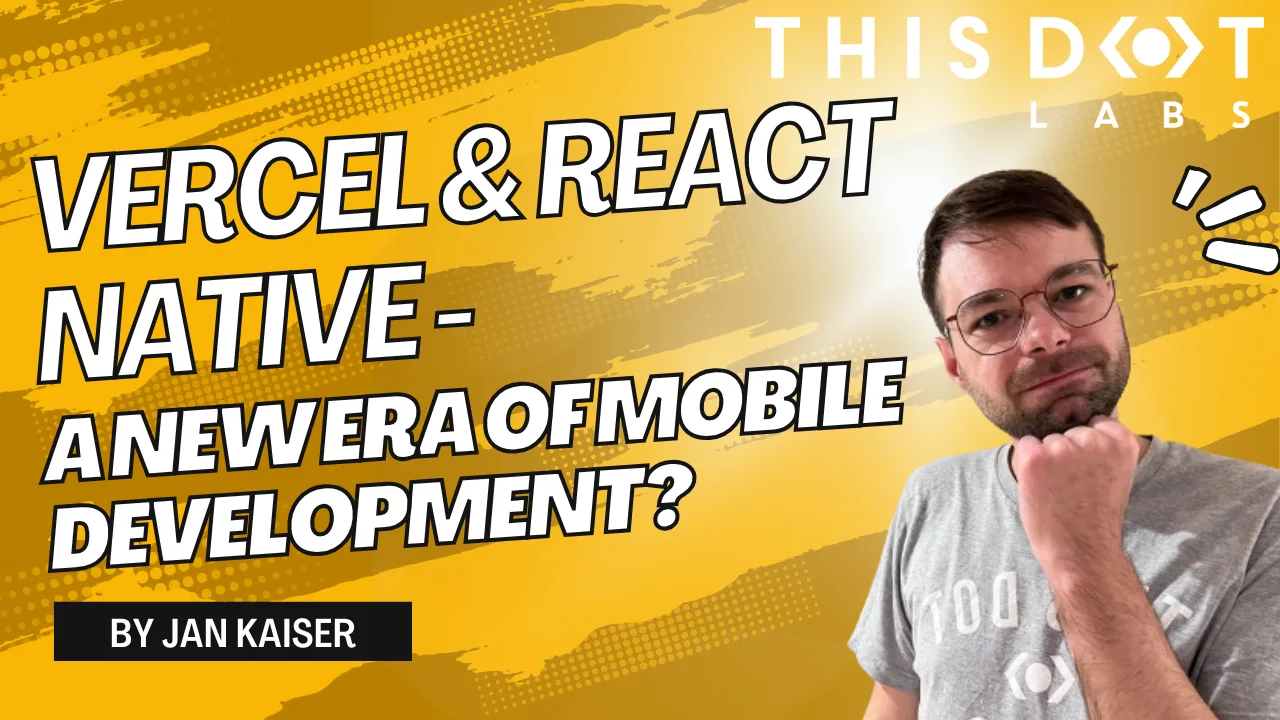
Vercel & React Native - A New Era of Mobile Development?
With Fernando Rojo (creator of Solito) now leading mobile at Vercel, this article explores how Solito streamlines Next.js, React Native, and Expo for shared navigation, monorepos, and cross-platform components....
Apr 4, 2025
6 mins

“It Sounds a Little Dystopian, But Also Kind of Amazing”: Conversations on Long Term AI Agents and "Winning" Product Hunt with Ellie Zubrowski
Ellie Zubrowski doesn’t walk a traditional path. In the three years since graduating from a university program in Business Administration, she biked across the U.S., studied Kung Fu in China, learned Mandarin just for fun, and completed the #100DaysOfCode challenge after deciding she wanted a career switch. That same sense of curiosity and willingness to jump into the unknown now fuels her work as a Developer Advocate at Pieces, where she leads product launches, mentors job seekers, and helps developers learn how to best leverage Pieces’ Long-Term Memory Agent. Her journey into tech was guided not just by a want to learn how to code and break into the industry, but by a fascination with the structure of language itself. > “There are so many parallels between human languages and programming languages,” she says. “That realization really made me fall in love with software.” > We spoke with Ellie about launching a #1 Product Hunt release, her predictions for AI agents, and why conferences don’t have to break your budget. Launching LTM-2 to the Top of Product Hunt Recently, Ellie led the launch of Pieces’ Long-Term Memory Agent (LTM-2), which took the top spot on Product Hunt—a major win for the team and their community. > “I’m super competitive,” she admits. “So I really wanted us to win.” The launch was fully organic—no paid promotions, just coordinated team efforts, a well-prepared content pipeline, and an ambassador program that brought in authentic engagement across X, Discord, and Reddit. She documented their entire strategy in this blog post, and credits the success not just to good planning but to a passionate developer community that believed in the product. Following a successful performance at Product Hunt, Ellie is committed to keeping Pieces’ user community engaged and contributing to its technological ecosystem. > “Although I’m still fairly new to DevRel (coming up on a year at Pieces!), I think success comes down to a few things: developer adoption and retention, user feedback, community engagement, and maintaining communication with engineering.” Why AI Agents Are the Next Big Thing Ellie sees a major shift on the horizon: AI that doesn’t wait for a prompt. > “The biggest trend of 2025 seems to be AI agents,” she explains, “or AI that acts proactively instead of reactively.” Until now, most of us have had to tell AI exactly what to do—whether that’s drafting emails, debugging code, or generating images. But Ellie imagines a near future where AI tools act more like intelligent teammates than assistants—running locally, deeply personalized, and working in the background to handle the repetitive stuff. > “Imagine something that knows how you work and quietly handles your busy work while you focus on the creative parts,” she says. “It sounds a little dystopian, but also kind of amazing.” Whether we hit that level of autonomy in 2025 or (likely) have to wait until 2026, she believes the move toward agentic AI is inevitable—and it’s changing how developers think about productivity, ownership, and trust. You can read more of Ellie’s 2025 LLM predictions here! The Secret to Free Conferences (and Winning the GitHub Claw Machine) Ellie will be the first to tell you: attending a tech conference can be a total game-changer. “Attending my first tech conference completely changed my career trajectory,” she says. “It honestly changed my life.” And the best part? You might not even need to pay for a ticket. > “Most conferences offer scholarship tickets,” Ellie explains. “And if you’re active in dev communities, there are always giveaways. You just have to know where to look.” In her early days of job hunting, Ellie made it to multiple conferences for free (minus travel and lodging)—which she recommends to anyone trying to break into tech. Also, she lives for conference swag. One of her all-time favorite moments? Winning a GitHub Octocat from the claw machine at RenderATL. > “She’s one of my prized possessions,” Ellie laughs. Proof here. 🐙 Her advice: if you’re even a little curious about going to a conference—go. Show up. Say hi to someone new. You never know what connection might shape your next step. Ellie’s Journeys Away from her Desk Earlier this year, Ellie took a break from product launches and developer events to visit China for Chinese New Year with her boyfriend’s family—and turned the trip into a mix of sightseeing, food adventures, and a personal mission: document every cat she met. (You can follow the full feline thread here 🐱) The trip took them through Beijing, Nanjing, Taiyuan, Yuci, Zhùmǎdiàn, and Yangzhou, where they explored palaces, museums, and even soaked in a hot spring once reserved for emperors. > “Fancy, right?” Ellie jokes. But the real highlight? The food. > “China has some of the best food in the world,” she says. “And lucky for me, my boyfriend’s dad is an amazing cook—every meal felt like a five-star experience.” What’s Next? With a YouTube series on the way, thousands of developers reached through her workshops, and an eye on the next generation of AI tooling, Ellie Zubrowski is loving her experience as a developer advocate. Follow @elliezub on X to stay in the loop on her work, travels, tech experiments, and the occasional Octocat sighting. She’s building in public, cheering on other devs, and always down to share what she’s learning along the way. Learn more about Pieces, the long-term LLM agent. Sticker Illustration by Jacob Ashley...
Mar 28, 2025
4 mins
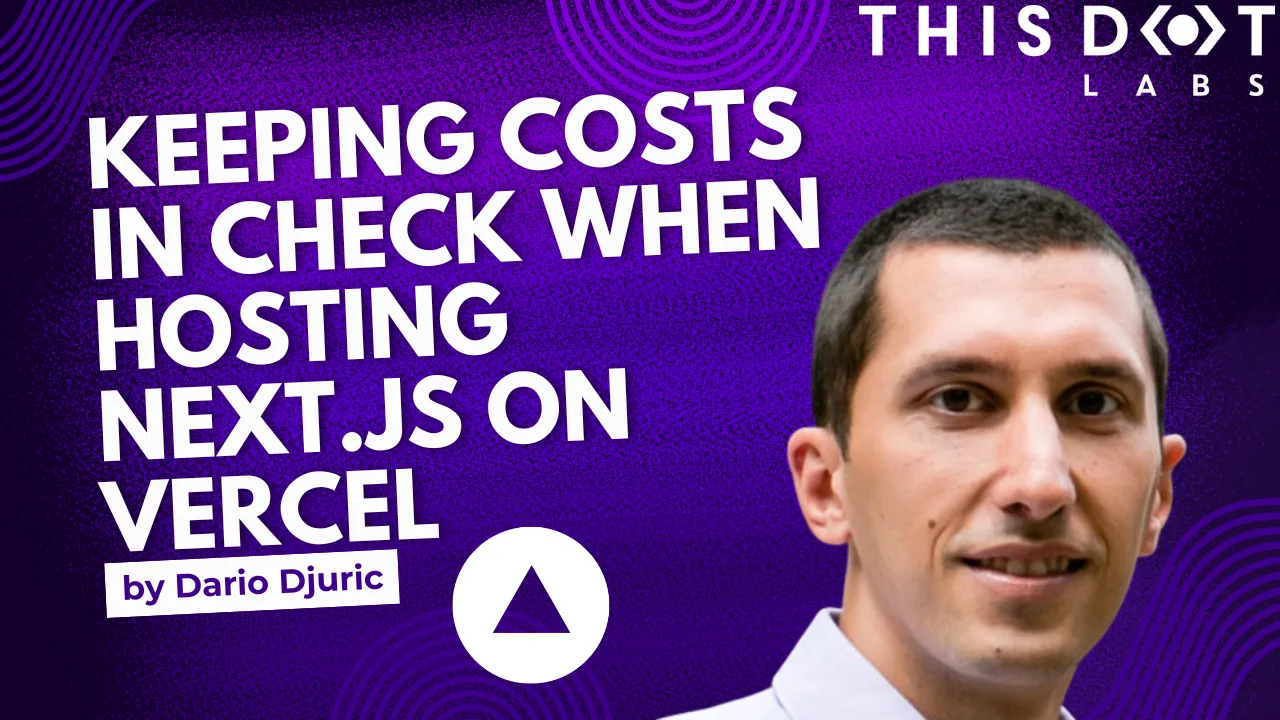
Keeping Costs in Check When Hosting Next.js on Vercel
A guide to Vercel’s pricing when it comes to hosting Next.js on Vercel....
Mar 28, 2025
10 mins

Incremental Hydration in Angular
Incremental Hydration is coming to Angular. Have a sneak peak at the powerful feature that optimizes server-side rendering by keeping components dehydrated until triggered....
Mar 14, 2025
3 mins

“ChatGPT knows me pretty well… but it drew me as a white man with a man bun.” – Angie Jones on AI Bias, DevRel, and Block’s new open source AI agent “goose”
Angie Jones, VP of Developer Relations at Block, champions developer advocacy, AI ethics, and leadership. She’s leading discussions on AI governance, bias in career tools, and *goose*, an open-source AI assistant for developers....
Mar 13, 2025
4 mins
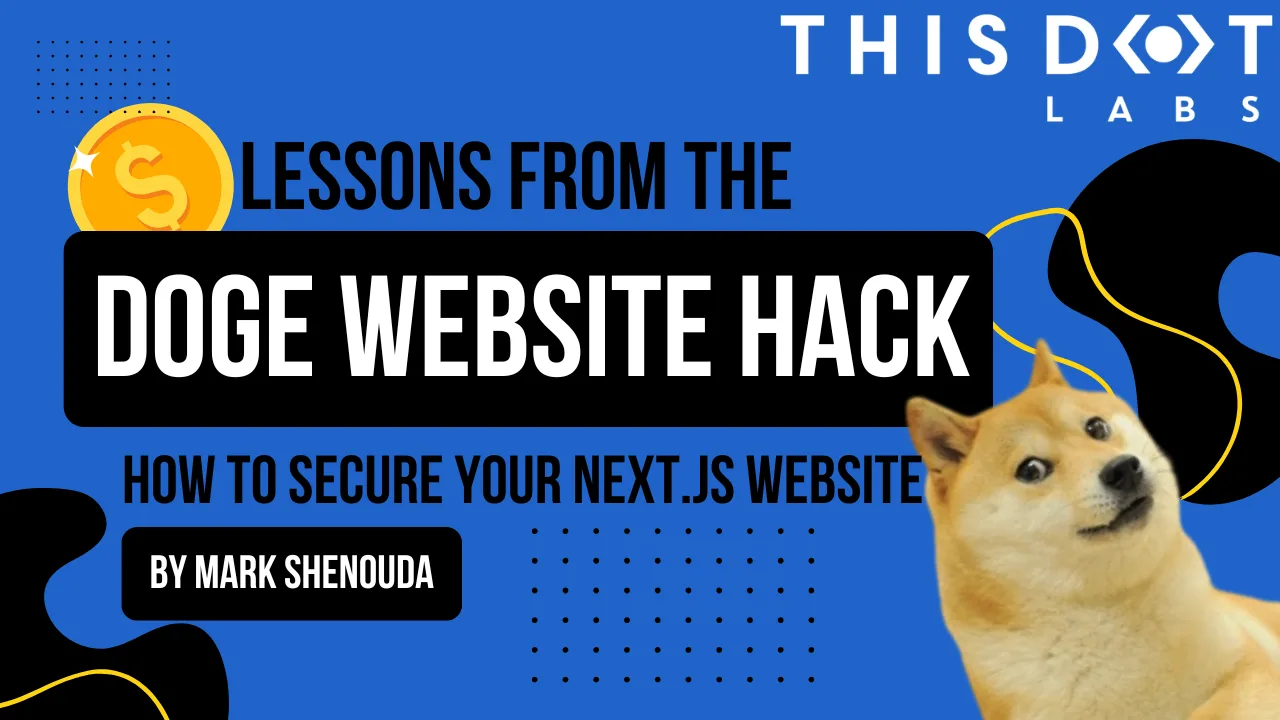
Lessons from the DOGE Website Hack: How to Secure Your Next.js Website
The DOGE website hack serves as a reminder of the ever-present need for robust security measures in web development....
Mar 7, 2025
4 mins
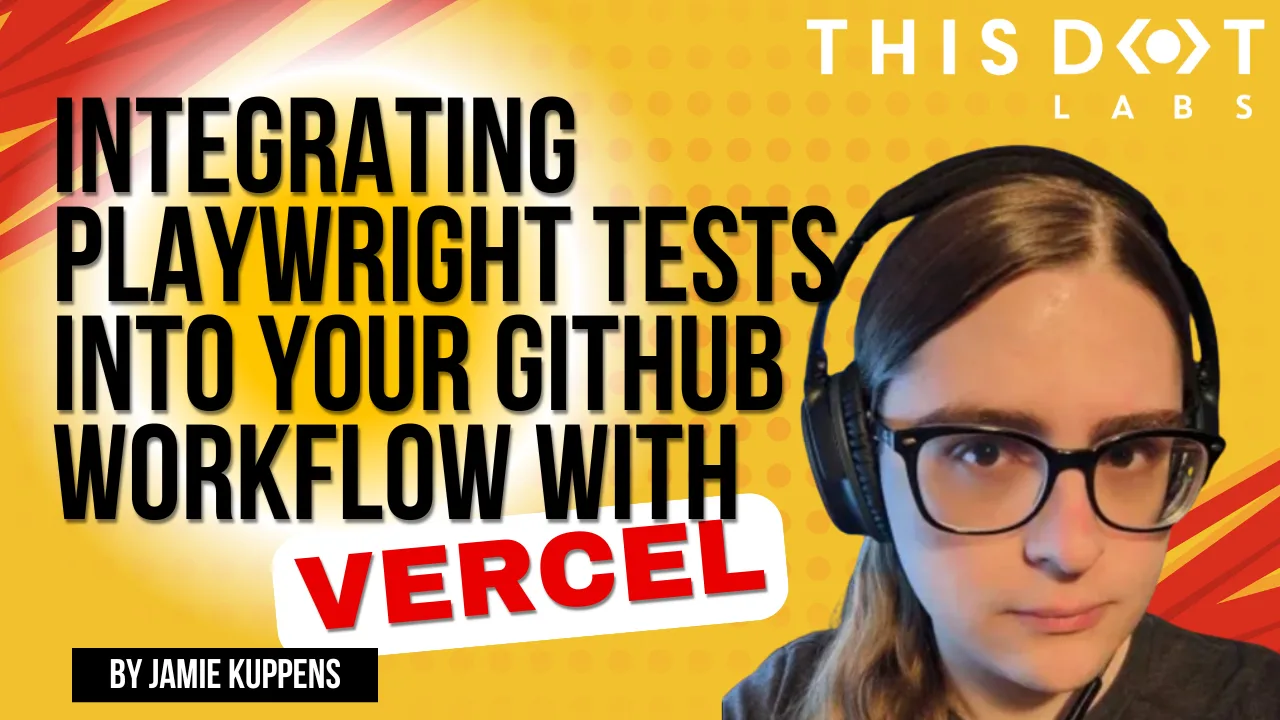
Integrating Playwright Tests into Your GitHub Workflow with Vercel
Usually workflows configure Playwright to run against a project running on the GitHub action worker itself, maybe with dependencies in Docker containers as well, however why bother setting that all up and configuring yet another environment for your app...
Feb 25, 2025
7 mins

CSS Container Queries, what are they?
In this blog post, we take a look at container queries, a new feature that makes designing websites easier and more flexible....
Feb 21, 2025
6 mins
Let's innovate together!
We're ready to be your trusted technical partners in your digital innovation journey.
Whether it's modernization or custom software solutions, our team of experts can guide you through best practices and how to build scalable, performant software that lasts.